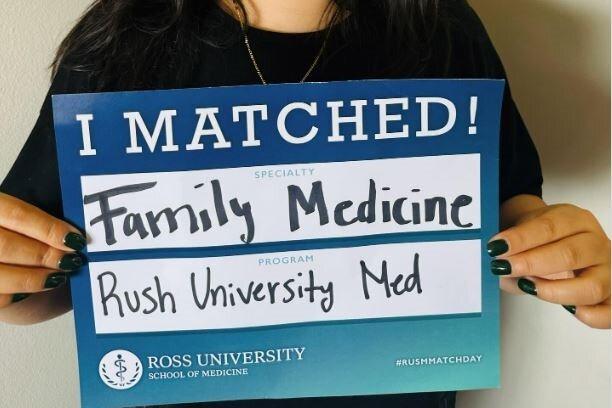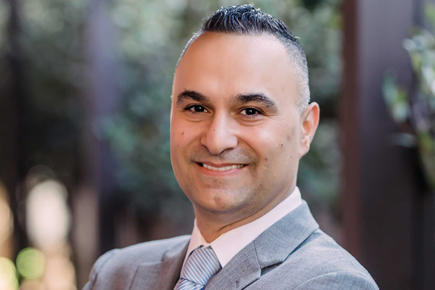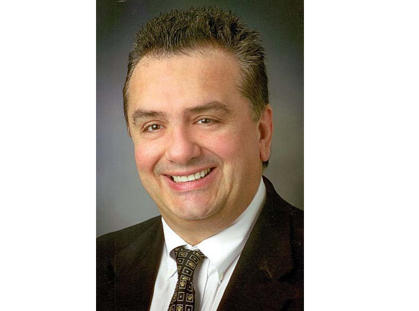It goes without saying that we’re immensely proud of Dr. King’s accomplishment, but—given the caliber of our students and graduates—we also aren’t that surprised. What might surprise you, though, is the path he ultimately took to become a physician. Because it’s the opposite of what you’d expect.
A Guest Lecture Turns into a Job Offer
Some RUSM students come back to their alma mater to teach after they earn their medical degrees. For some of our grads, teaching simply becomes their passion. The opposite, though—a RUSM faculty member deciding to reverse course and become a medical school student—is far more rare. Yet that’s exactly what happened with Dr. King.
But how does someone go from a full-time faculty member to a medical school student?
Before coming on board with RUSM to teach, Dr. King held faculty positions at several medical schools in the Boston area and abroad, including Tufts University School of Veterinary Medicine, University of Massachusetts Medical School (UMass), and even such far-flung locations as Kathmandu University Medical School in Nepal, where he was assistant professor/course director of medical gross anatomy and histology. He’d earned his PhD in anatomy and neurobiology from Boston University School of Medicine, followed by a postdoctoral fellowship in neural stem cell transplantation at Massachusetts General Hospital/Harvard Medical School.
While he was still on faculty teaching anatomy at UMass, Dr. King was invited to RUSM in Dominica as a guest lecturer. That lecture turned into a job offer – to be the course director of RUSM’s medical gross anatomy courses. He accepted and, in addition to his other responsibilities teaching, spearheaded an initiative to design and install the school’s fully integrated anatomy laboratory, which combined traditional cadaver dissections with high-tech, interactive digital learning stations.
The Medical School Professor Becomes the Student
But he wanted more—it felt like something was missing. “I was thinking about applying to medical school,” he said. “As a young faculty member, I was very fortunate to be given a tremendous amount of support from my department chair, Dr. [Sandy] Martin and [then-Dean Jorge Rios] to try many innovative projects at RUSM, and they apparently were happy with my work. Furthermore, they made an extremely generous offer for me to maintain my faculty position as well as to matriculate as a medical student.”
The offer was one he couldn’t refuse – albeit very confusing for his medical school classmates to be in class with one of their professors, he said. But the university brought him more than the chance to go to medical school. It brought him the opportunity to meet his future wife, fellow student Jessica Van Beek, MD. When they registered for the couples’ match in 2010 – he in general surgery and she in otolaryngology/head & neck surgery – people told them there was no way it would happen. “I wasn’t going to let that discourage us,” he said. “Who were they to tell us it couldn’t be done?”
Turns out it could. The couple matched at MCG, where King has concurrently served as a clinical assistant professor of gross anatomy, teaching MCG students while he was a surgical resident. After finishing residencies in June 2015, the couple will travel to Minneapolis and Chicago for one-year fellowships, he at the University of Minnesota in colorectal surgery and she at Lurie Children’s Hospital of Chicago in pediatric otolaryngology.
After wrapping up his training, Dr. King has his eye on joining a practice at University Hospital in Augusta.



